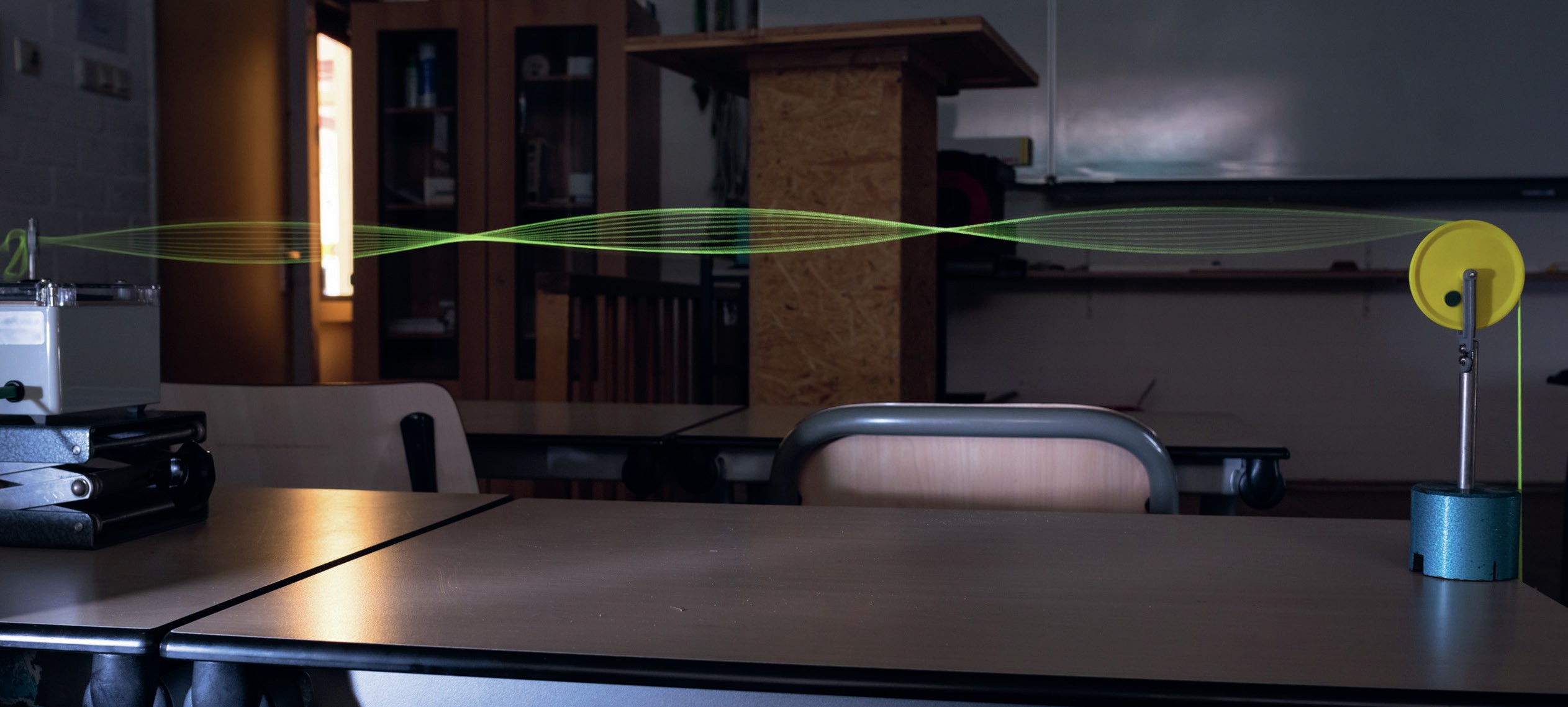
The exam boards for A-level physics require or suggest a number of practical activities that will allow you to satisfy the Common Practical Assessment Criteria (CPACs). Among other requirements, you are expected to be able to make accurate observations relevant to the experiment, to obtain accurate, precise and sufficient data and record these methodically using correct units and conventions, and to use ICT with appropriate software to process data. Measuring how the frequency of standing waves on a string varies with length, tension and mass per unit length of the string gives an excellent opportunity to practise all these skills.
It can be shown that the speed, v, of a wave on a string depends on the tension, T, in the string and the mass per unit length, µ, of the string:
Your organisation does not have access to this article.
Sign up today to give your students the edge they need to achieve their best grades with subject expertise
Subscribe




